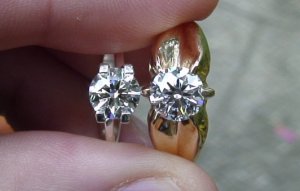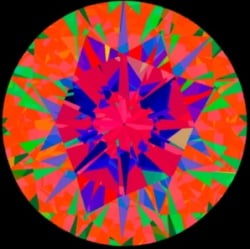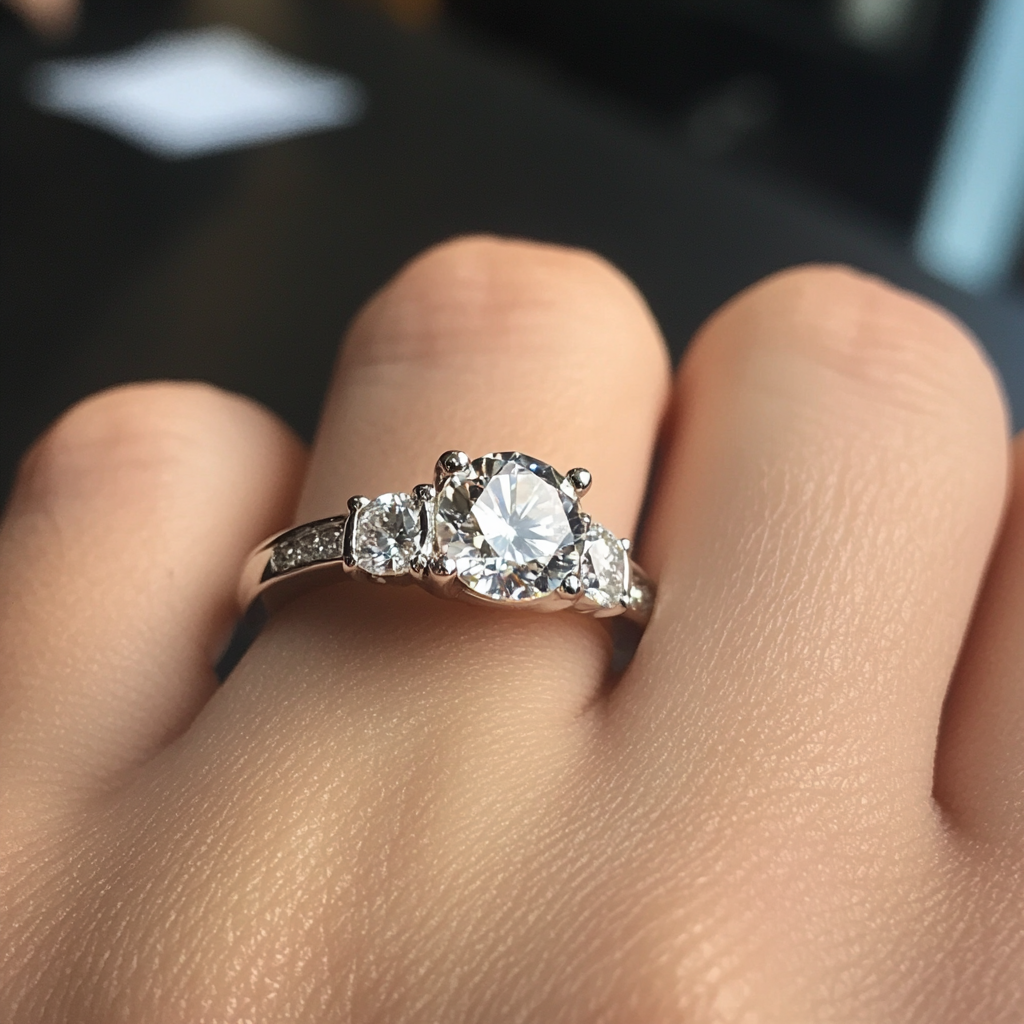- Joined
- Mar 28, 2001
- Messages
- 6,341
In case you missesd it Wren I already posted the results which are at the bottom of the 1st page. I don''t feel any whacking (at least not yet). It''s ok ... I have my Bat-armor on.Date: 3/11/2006 3:31:50 PM
Author: Wren
Now Now, stop whacking the poor man. Some of you are basically accusing him of rigging the test!
Personally I want to know the results of the survey.
Let''s face it, all (the majority of) consumers really care about is if the diamond looks pretty or not.

Kind regards,














300x240.png)